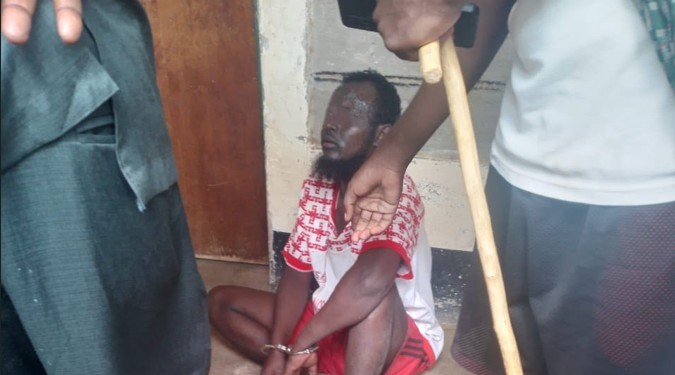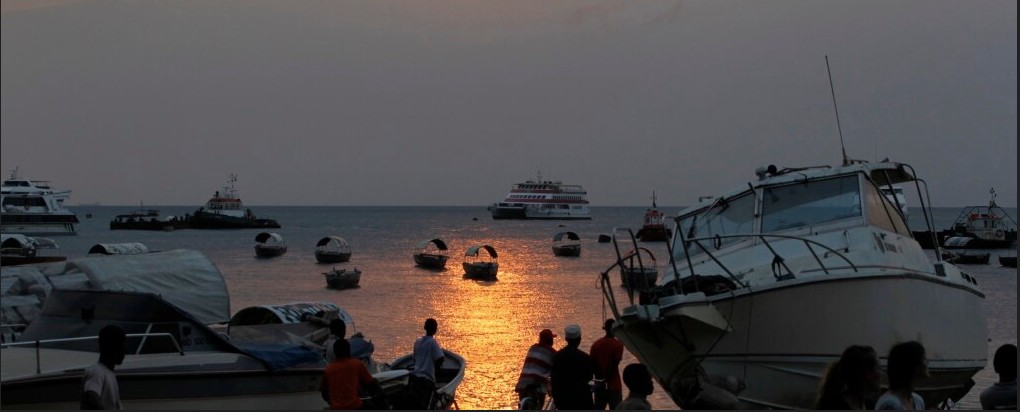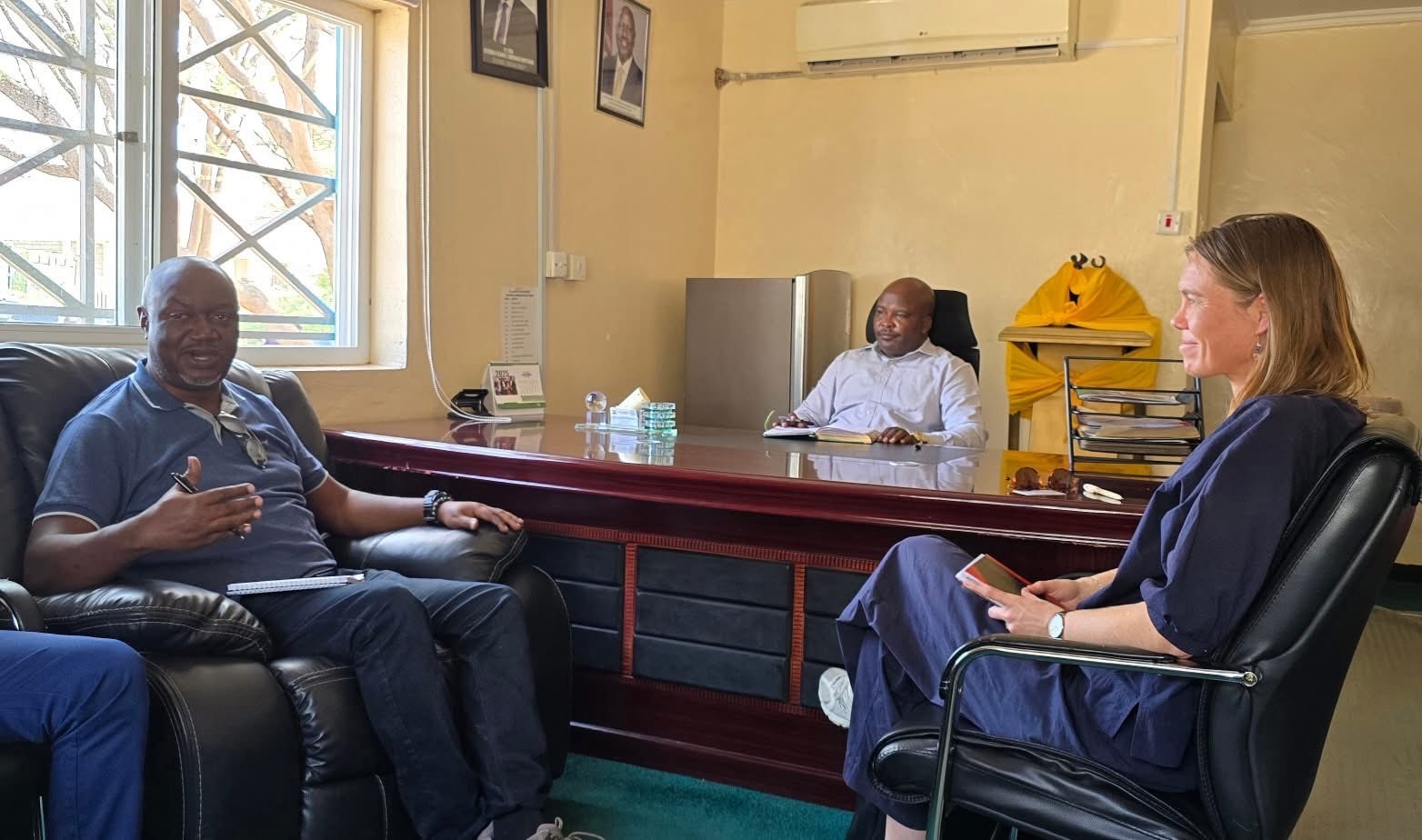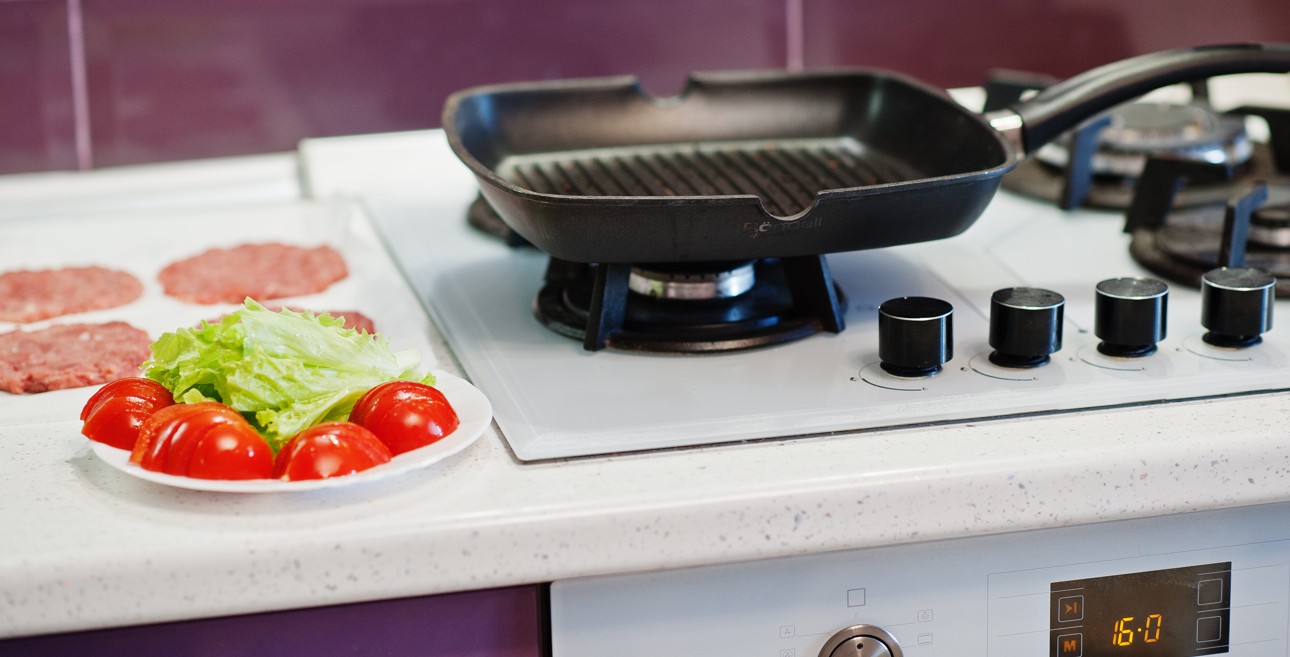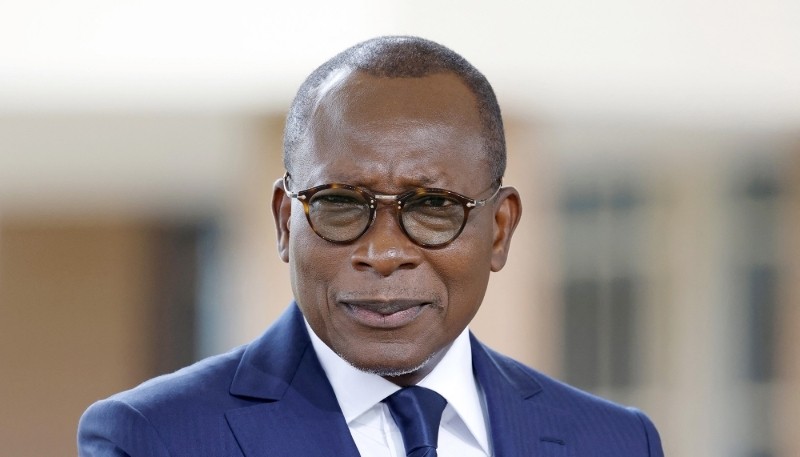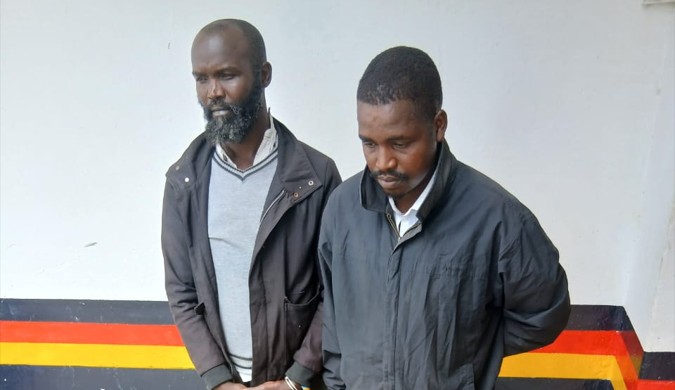Two-thirds of South Sudan’s children trapped in exploitative labour, new report reveals
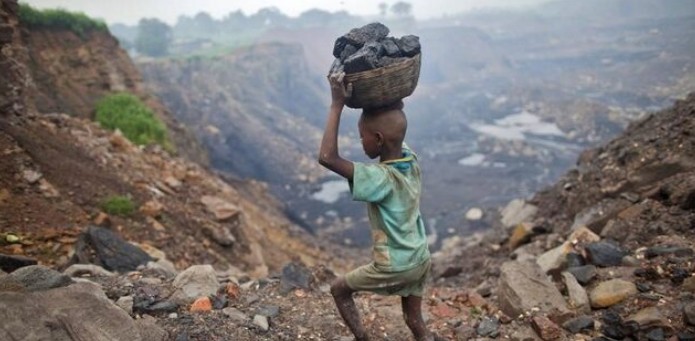
The study noted that seven in ten parents knew of the laws designed to protect children, yet two-thirds of children said they did not know where to seek help.
A new study has uncovered alarming levels of child labour in South Sudan, revealing that nearly two-thirds of the country’s children are trapped in dangerous and exploitative work.
The National Child Labour Study, released by the South Sudanese government in partnership with Save the Children, found that 64 per cent of children aged between five and 17 are engaged in some of the worst forms of child labour — from forced labour and sexual exploitation to theft and participation in armed conflict.
More To Read
- South Sudan President ousts vice president in abrupt purge, deepening uncertainty in Juba
- Stakes rise for South Sudan: What’s happening, and why it matters
- President Kiir sacks Petroleum Undersecretary after a week in office
- Crimes against children in conflict surge to worst-ever level in 2024 - report
- South Sudan President Kiir dismisses finance minister, top security officials in major shake-up
- Refugee youth rewrite their future through film in Dadaab
Surveying over 418 households across seven states, the report highlighted stark regional disparities. In Kapoeta South, nine in ten children reportedly work in gold mines, herd cattle, or farm instead of attending school.
The Yambio region recorded similarly distressing patterns, with child marriages and local conflicts pushing many young people into exploitative work. Around 10 per cent of respondents reported that children had been recruited or linked to armed groups, particularly in Akobo, Bentiu, and Kapoeta South.
The study found that boys are more likely to be drawn into high-risk labour or armed activity, while girls face increased risks of forced marriage, domestic servitude, and sexual abuse.
Despite widespread awareness of child protection laws, exploitation remains rampant. The study noted that seven in ten parents knew of the laws designed to protect children, yet two-thirds of children said they did not know where to seek help.
“When nearly two-thirds of a country's children are working – and in some areas, almost every child – it signals a crisis that goes beyond poverty,” said Chris Nyamandi, Save the Children’s South Sudan Country Director.
“Education remains the strongest protective factor,” he added, emphasising that children who stay in school are far less likely to end up in exploitative situations.
According to the International Labour Organisation (ILO) and UNICEF, the average child labour rate in East Africa stands at about 30 per cent, less than half of South Sudan’s rate.
Speaking at the report’s launch in Juba over the weekend, Deng Tong, Undersecretary at the Labour Ministry, said the findings would serve as a “critical foundation for action,” acknowledging that the magnitude of the crisis requires an urgent government response.
The report’s release comes amid overlapping crises in South Sudan — including floods that have displaced over 335,000 people and damaged more than 140 health facilities. Malaria infections have surged past 100,000 in a single week, while 7.7 million people are currently facing acute hunger, according to UN figures.
Meanwhile, clashes between forces loyal to President Salva Kiir and First Vice President Riek Machar have intensified, with UN monitors reporting violence on a scale not seen since 2017. Machar, who was arrested in March and charged in September with treason and other crimes, has denied the allegations.
As violence and hunger worsen, more than 300,000 people have fled South Sudan this year alone.
Top Stories Today




